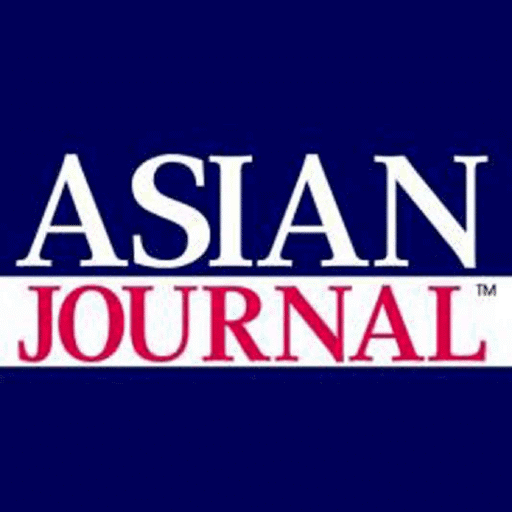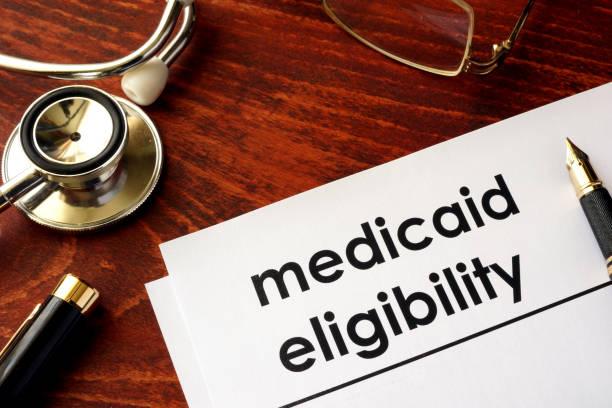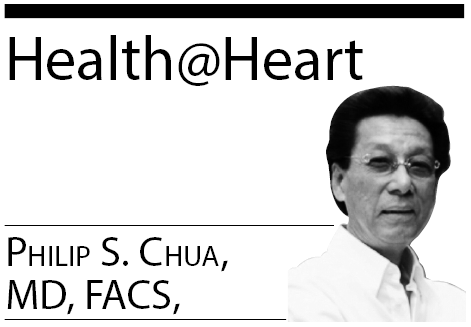COFFEE, the waker-upper for 75 percent of adults in America, has been shown to have health benefits and also a risk among those who have severe hypertension for those who drink more than one cup (180cc) a day. It is a popular drink around the globe. Finland is the world’s highest consumer of coffee; Finns drink an average of nearly 4 cups (720 cc) a day.
With all health factors adjusted, studies have shown that drinking coffee could decrease mortality and possibly offer lower risk for the development of heart attack and stroke, diabetes type 2, livers disease (including cancer) and Parkinson’s, states a report from the Mayo Clinic.
A recent Japanese study among 18,000 men and women for a period of 20 years found that among those with severe hypertension, drinking one cup of coffee a day was safe but 2 or more per day was associated with increased mortality. Severe hypertension is defined as those with a systolic blood pressure of 180 and a diastolic pressure of 120. The study was published in the Journal of the American Heart Association.
Among normotensives and those with moderate high blood pressure (talking medications), which were not part of this study, drinking 2 cups or 3 a day could be safe, as suggested by data from other studies.
Those susceptible to the effect caffeine could develop cardiac arrythmias (rapid or irregular heartbeat), jitters, nausea, and impaired sleep. Discuss any issues with your family physician, who is familiar with your detailed medical history and could advise you accordingly.
Without any doubt, drinking a cup or two of coffee is safer that consuming any type or variety of soft drinks – cola or uncola, with or without artificial sweetener, and are toxic to the body of everyone, especially to children. Soft drinks increase the risk for metabolic syndrome. Coffee does not.
Dominant virus
While the BQ.1 and BQ.1.1 subvariants (started in India mid-August and arrived in the U.S. in November 2022) of Omicron COVID-19 virus is highest (around 40%) in California, the challenger currently taking over is the XBB.1.5 (found in early 2023) following the holiday crowds of unmasked people around the country, many still unvaccinated. This has raised concerns about a new wave in the United States. China is facing is various severe waves.
As of last Friday (January 6), there were 40% of confirmed cases of XBB.1.5, up 20% from a week ago. Seventy-five percent of cases in the Northeast are confirmed XBB.1.5 cases. The replication and mutation to other variants and subvariants will continue until everyone has been vaccinated or has been infected. Then, we shall have herd immunity (protection) in the country. In the meantime, let us all get vaccinated fully and continue to wear a mask although vaccinated, since new strains of the virus could still infect us.
Until a truly universal COVID-19 vaccine is developed for all strains and future strains of the virus, even those fully vaccinated today could still be infected by new variants tomorrow.
As I have tried to simplify the issue before, I suggested each COVID-19 subvariant infection should be considered a “different” disease, and that the immunity conferred by the vaccines we received before for those past sub-strains may not protect us from the newer variants. To prevent confusion, just remember: a different strain “creates” a different disease, and a different vaccine is needed.
Masks, quarantine?
Is there still a need for masking, distancing, and quarantine during this new wave of COVID-19?
Yes, during this new wave of coronavirus infection, with new sub-strains invading us, where the daily average death rate recently is still around 200 to 480 a day, it is medically prudent for everyone, especially those vulnerable seniors and the immunocompromised, to continue wearing a mask in public, do social distancing, avoid crowds, and if infected, undergo self-quarantine at home for at least 10 from the onset of the first symptom. (To confirm if infected after a suspected exposure or if symptoms like cough develops, do a rapid antigen (home kit) test, which Medicare provides for free at stores like Walmart, etc.) If in doubt, consult your physician.
Hospitals across the United States, “are overwhelmed by cases of COVID, RSC, and Flu, reported the Washington Post.
Potatoes, beans, diabetes
It is a common notion that potatoes and beans are carbohydrates that are bad for people with type 2 diabetes mellitus. Consumption of carbs are, in general, not healthy for diabetics, and for that matter, for all of us, especially those who are overweight.
Contrary to conventional thinking, a recent study shows data that “low-energy bean and potato-based diets “may be effective in helping reduce insulin resistance and promoting weight loss,” as published in the Journal of Medicinal Food. Sweet potatoes and yams and their skin also “provide a lot of fiber, which contribute to satiety and blood sugar management.” While the blood sugar did not drop, weight loss and reduced insulin resistance were found with the potato-bean based diet, which will help in the management of T2disbetes.
Larger-scale independent global research is needed to confirm this valuable studies.
Food as medicine
Clinical studies investigated “the link between protein consumption and caloric intake.” Amazingly, they found that people who ate less protein intake, consumed more fats and carbohydrates, resulting in higher obesity risk.
Obesity and its associated health issues are known as the leading cause of preventable and premature deaths, including T2 diabetes, cardiac diseases, stroke, and cancer. In the year between 1999 and 2020, the rate of obesity in the United States soared from 30.5 percent to 41.9 percent.
The Protein Leverage Hypothesis (PLH) was initially proposed in 2005 as a theory of obesity, postulating that if the body’s protein needs are not met, fats and carbohydrate consumption goes up, “dampening the satiety signals from the brain, increasing food intake.”
A separate study noted that those who consumed more processed food items tended to eat more fats and carbohydrates, leading to weight gain. The “lower protein intake at the first meal of the day led to the higher overall food intake throughout the day,” according to this study published in the Obesity journal.
Culinary medicine
Culinary medicine is “a new evidence-based field in medicine that blends the art of food and cooking with the science of medicine. It uses a high-quality tailored diet to prevent and treat disease and maintain well-being.”
Indeed, let’s eat food as medicine today, so we do not eat medicine as food tomorrow!
* * *
The opinions, beliefs and viewpoints expressed by the author do not necessarily reflect the opinions, beliefs and viewpoints of the Asian Journal, its management, editorial board and staff.
* * *
The main objective of this column is to educate and inspire people live a healthier lifestyle to prevent illnesses and disabilities and achieve a happier and more productive life. Any diagnosis, recommendation or treatment in our article are general medical information and not intended to be applicable or appropriate for anyone. This column is not a substitute for your physician, who knows your condition well and who is your best ally when it comes to your health.
* * *
Philip S. Chua, MD, FACS, FPCS, a Cardiac Surgeon Emeritus based in Northwest Indiana and Las Vegas, Nevada, is an international medical lecturer/author, Health Advocate, newspaper columnist, and Chairman of the Filipino United Network-USA, a 501(c)3 humanitarian foundation in the United States. Websites: FUN8888.com, Today.SPSAtoday.com, and philipSchua.com; Email: scalpelpen@gmail.com.







